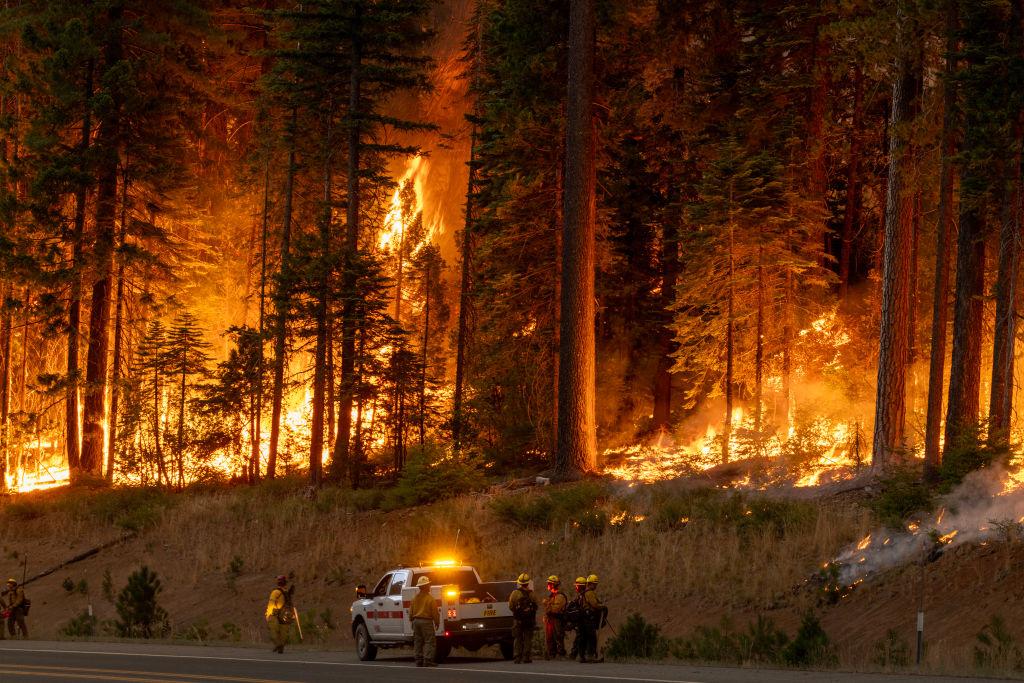The largest active fire in the United States—known as the Park fire—continues to burn and spread in Northern California due to dry grass, timber, and steep terrain that makes firefighting efforts difficult, according to state fire officials.
Slightly lighter winds July 30 were expected to bring both benefits and challenges.





